SUMMARY
This is AI generated summarization, which may have errors. For context, always refer to the full article.
![[OPINION] ‘Please not another death, just make the deaths stop’](https://www.rappler.com/tachyon/2021/03/rappler-blog-drugwar.jpg)
A little over a year ago, we started analyzing thousands of files first submitted by the Office of the Solicitor General to the Supreme Court as part of the ongoing case against President Rodrigo Duterte’s drug war.
It made 2020 for our small investigative team (Lian Buan, Rambo Talabong, Michelle Abad, and Pauline Macaraeg, and yours truly) a year of scrutinizing at least 165,454 files in 291 folders because we wanted to see how police conducted anti-illegal drug operations on the ground.
In a nutshell, our investigation found that the files submitted were practically useless in determining whether the drug operations followed protocols, or that they were done above board. The submissions excluded key hot spots, including much of Metro Manila. The OSG’s submission of these incomplete files stalled the case before the Supreme Court.
But among the “rubbish” files, the ones under the Bulacan folder proved to be the more useful in giving us a sense of what’s happening on the ground. While there were no documents involving police operations, there are still files detailing 557 killings. At least 352 are drug-related.
Arriving to these conclusions was not easy.
It made 2020 a year full of details of killings, of photos of bodies ravaged by the intensity of weapons or the thirst for blood of the person behind the trigger. I trained myself to close my eyes a little bit as I scrolled through documents, bracing for yet another crime scene photo that usually end up following me in my dreams.
I never got used to reading police reports about how lifeless bodies were found slumped on the ground, or how gunmen shot unsuspecting victims while they were standing a few feet outside of their homes.
These victims were strangers, yet reading these things made me wonder what was going through their minds prior to that moment. Were they thinking about mundane stuff, like what they’d eat for dinner? Or did they feel like something was about to happen?
It was also jarring to read how there were really mostly no substantial information on who the suspects were, or when families of victims would just beg off an investigation fearing retaliation.
While we were there looking back into the first year of Duterte’s regime, deep into our excel sheets, the Philippines continued to be an image of impunity.
The discomfort I felt going through the documents is nothing compared to the pain inflicted on families left behind, or to the life-long trauma on children, especially those who were witnesses to these killings.
Outside of our homes, on streets across the country, bullets still pierce through fragile bodies. Filipinos still end up dead, mercilessly killed either by unknown individuals (vigilante-style) or members of the Philippine National Police.
The future of thousands of families for generations to come are significantly altered by motorcycle-riding gunmen, or by uniformed personnel who vowed to “serve and protect” them in the first place.
When we first obtained the documents in January 2020, at least 5,601 people had already been killed in police operations. A year later, as of January 31, 2021, the death toll is now at 6,039.
That’s an increase of 438 deaths in a year. And this tally doesn’t include victims of vigilante-style killings, which groups estimate to be between 27,000 to 30,000.
Meanwhile, activists and human rights defenders also continue to risk their lives as they face constant harassment from state forces.
During the period of our investigation, Randal Echanis and Zara Alvarez were brutally killed. The list of arrested or killed activists, journalists, and any person who dared voice their opinion against government policies continued to grow. A number of lawyers were gunned down.
In the context of the pandemic, thousands of Filipinos were arrested due to allegedly violating quarantine guidelines. Many of them were subjected to police brutality, if not long detention as their families scrambled to find money to pay fines.
The dangerous anti-terror law also took effect, further threatening a democracy that has long been suffering under this administration.
Justice remains out of reach. Accountability is nowhere to be found, even if the government says otherwise. It is as elusive as the fair application of law across social classes.
This has been our reality for almost 5 years now. A bloody and violent reality fueled by the words of the powers that be seated in Malacañang, and empowered by officials who should have known better.
What happens next? What should we do now? Is there even a way out of this mess?
The best way to move forward understandably involves a long debate between and among ideologies. I often see people on Twitter discussing – sometimes arguing – over how to address the Philippine situation.
But beyond the discourse, I hope that whatever we do, may we always think of the thousands of victims and the families they left behind.
And just like what Rappler’s justice reporter Lian Buan said: “Please not another death, just make the deaths stop.” – Rappler.com
Add a comment
How does this make you feel?

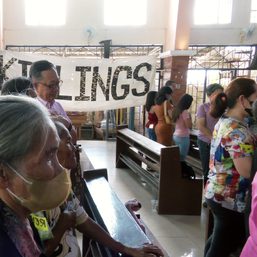
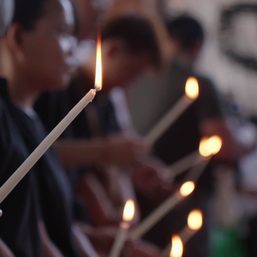
![[Just Saying] Diminished impact of SC Trillanes decision and Trillanes’ remedy](https://www.rappler.com/tachyon/2024/04/Diminished-impact-of-SC-Trillanes-decision-and-remedy.jpg?resize=257%2C257&crop=273px%2C0px%2C720px%2C720px)
![[Rappler Investigates] Son of a gun!](https://www.rappler.com/tachyon/2024/03/newsletter-duterte-quiboloy.jpg?resize=257%2C257&crop=450px%2C0px%2C1080px%2C1080px)
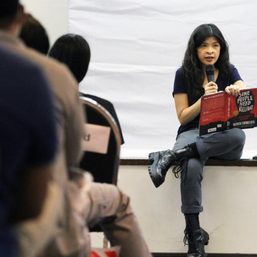
![[Rappler’s Best] Patricia Evangelista](https://www.rappler.com/tachyon/2024/04/unnamed-9-1.jpg?resize=257%2C257&crop=486px%2C0px%2C1333px%2C1333px)
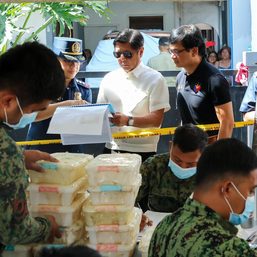

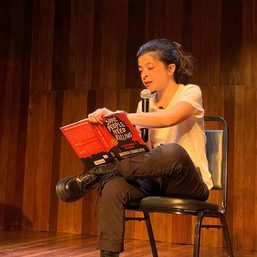
There are no comments yet. Add your comment to start the conversation.